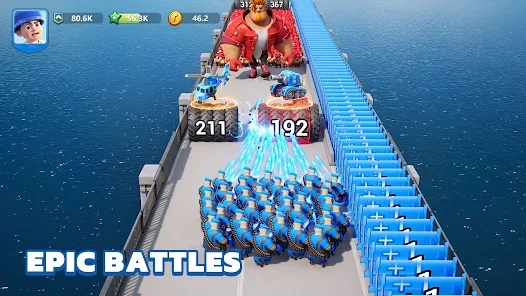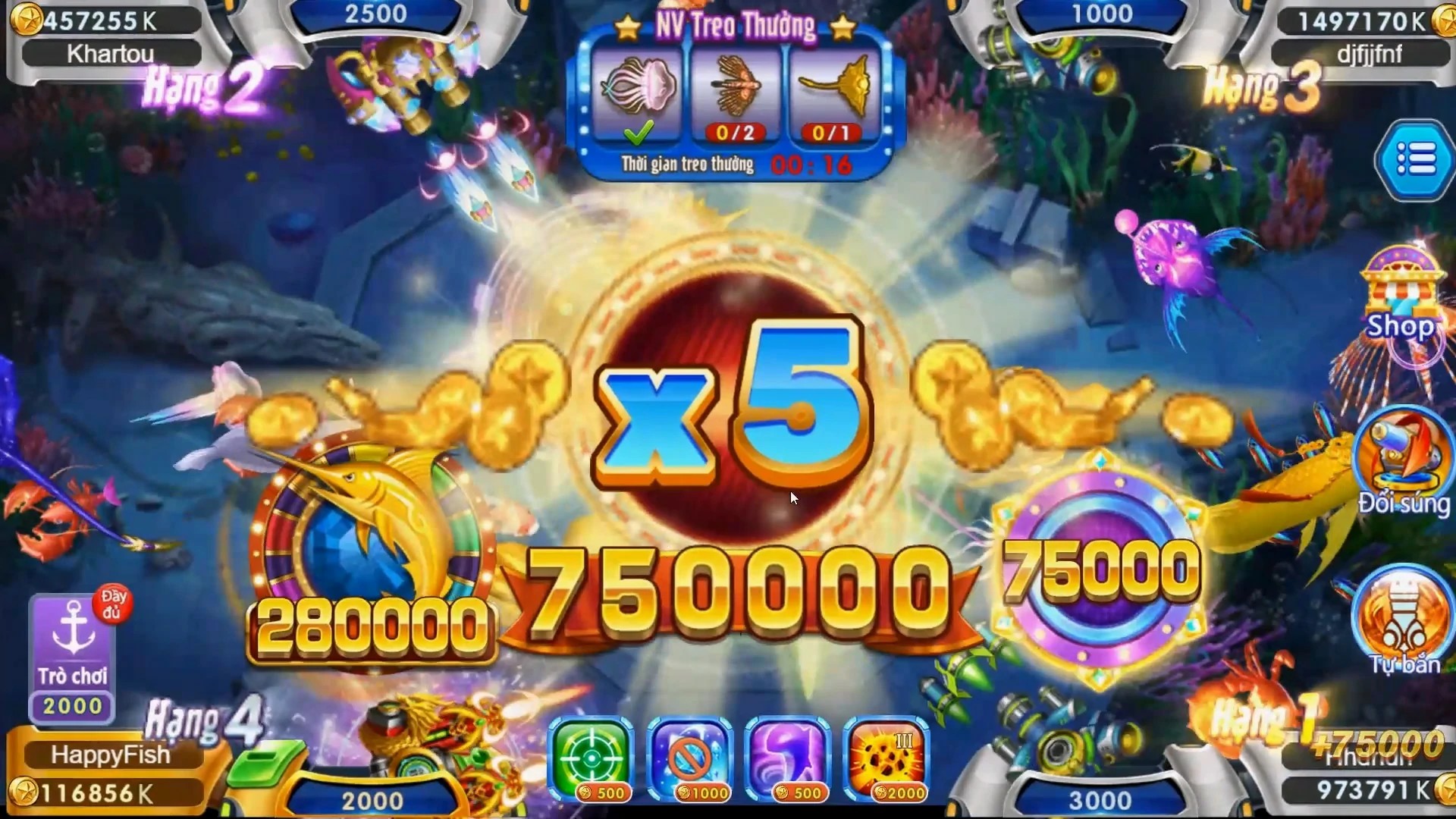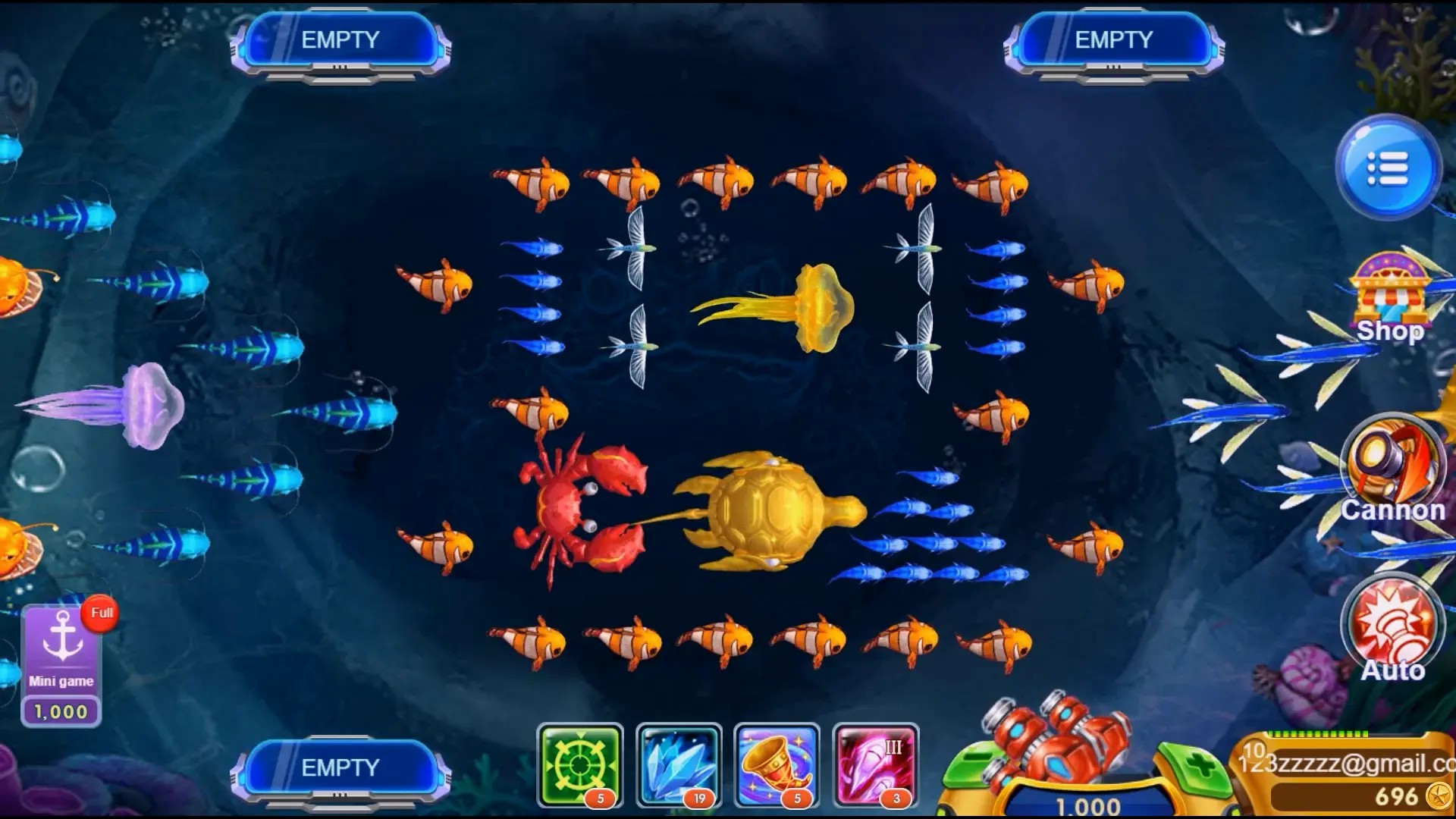How Indie Simulation Games Are Revolutionizing the Gaming Experience
In recent years, indie simulation games have emerged as a formidable force in the gaming industry, providing fresh perspectives and experiences that challenge the traditional norms set by blockbuster titles. With the rapid advancements in technology and an increasingly diverse audience, the power of indie creators is now more evident than ever. This article examines the revolution brought forth by indie simulation games and their impact on a broader gaming culture.
The Rise of Indie Simulation Games
Indie games began as a grassroots movement, often born out of passion projects by small teams or even solo developers. Unlike their mainstream counterparts, indie developers have the freedom to explore innovative concepts, paving the way for unique gameplay experiences. They lure players with the promise of creativity and personal storytelling.
Defining Simulation Games
simulation games offer players virtual environments to recreate various scenarios, be it life management, construction, or even survival situations. The appeal lies in the immersive and interactive nature of these games, allowing players to engage deeply with the mechanics and narratives.
What Makes Indie Simulation Games Unique?
- Creativity: Indie developers often prioritize creative expression over financial gain. This leads to innovative gameplay mechanics and storytelling techniques.
- Community Feedback: Many indie games evolve based on community input, resulting in more engaging and refined user experiences.
- Niche Markets: Indie simulation games cater to specific interests, filling gaps in the gaming market often overlooked by larger developers.
Examples of Groundbreaking Indie Simulation Games
| Game Title | Developer | Release Year | Unique Feature |
|---|---|---|---|
| Stardew Valley | ConcernedApe | 2016 | Farming simulation blended with RPG elements. |
| Oxygen Not Included | Klei Entertainment | 2017 | Housing colony management with an emphasis on survival. |
| Banished | Shining Rock Software | 2014 | Survival strategy in a resource management context. |
The Impact of Indie Simulation Games on Gaming Culture
The introduction of indie simulation games has shifted conventional views within the gaming community. Players now seek emotional depth and meaningful choices, rather than just high-octane action sequences. This transformation nurtures a new generation of gamers who appreciate narratives that resonate with their personal experiences.
Challenges Faced by Indie Developers
Despite their success, indie simulation game developers face significant challenges. These include limited budgets, marketing constraints, and competition with well-financed studios. However, many creators utilize strategies like crowdfunding, social media outreach, and community engagement to navigate these obstacles.
Strategies for Overcoming Challenges
- Crowdfunding: Platforms like Kickstarter allow developers to showcase their ideas and secure funding directly from interested players.
- Community Building: Engaging players early on can lead to a dedicated fan base that supports future projects.
- Innovative Marketing: Unconventional marketing tactics can create buzz and increase visibility in a saturated market.
Changing Perspectives on Game Quality
Traditionally, high production values have been considered synonymous with quality. However, the indie simulation game boom challenges this notion, demonstrating that gameplay mechanics, narrative, and player engagement are paramount. Many players find themselves captivated by the charm of pixel-art graphics or minimalist designs in comparison to hyper-realistic visuals.
Case Study: From Failure to Success – A Game Developer’s Journey
One notable success story is that of a developer who created a simulation game focused on building a community in a post-apocalyptic world. Initially, the game faced significant challenges, including bugs, sparse content, and a meager player base. By actively listening to community feedback and using it to implement changes, the developer transformed the title into a beloved indie classic. This journey exemplifies the potential for indie simulation games to succeed through perseverance and dedication.
Future Trends in Indie Simulation Games
The future of indie simulation games looks promising as technologies such as virtual reality (VR) and augmented reality (AR) become more accessible. These advancements offer an array of opportunities to create even more immersive experiences. The blending of genres—melding simulation with narrative adventure games—will likely see further exploration.
Final Thoughts: The Conclusion
Indie simulation games have undeniably revolutionized the gaming landscape, encouraging creativity, innovation, and personal connection to the gaming experience. As more players embrace the unique storytelling and diverse gameplay offered by these titles, the community becomes richer and more varied. In a world dominated by mainstream gaming, indie developers remind us that there is immense power in imagination, daring to challenge norms, and prioritizing the player's experience above all.



